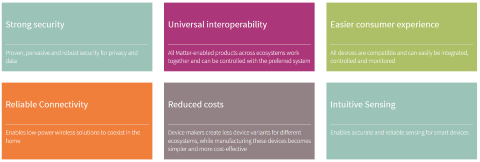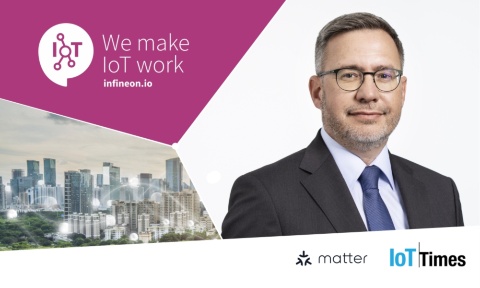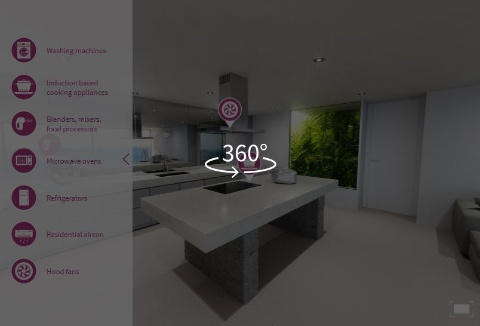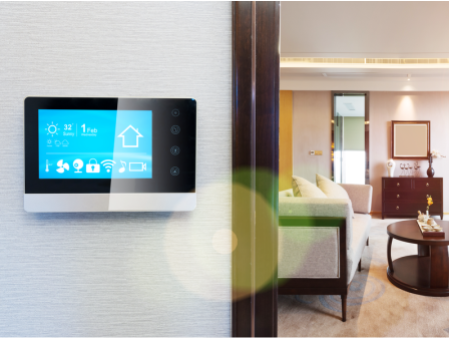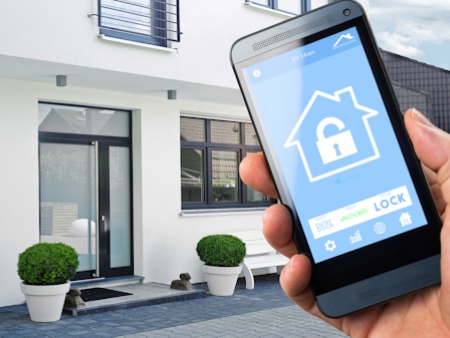One of the main appeals of home/building automation technologies lies in their ability to increase energy efficiency and thus contribute to global decarbonization efforts. Especially as the pace of urbanization picks up, smart technology in homes and buildings is a valuable lever in the race to decarbonize.
According to projections by the United Nations, more than seven out of ten people will live in cities by the year 2050. This will push the development of megacities with high-rise buildings, large apartment blocks, and massive office/public buildings. Digitalization will play a defining role in all of these buildings. According to the European Telecommunications Network Operators’ Association, there will be around 154 million active IoT connections in smart buildings by 2025. And that’s just Europe!
All of these IoT connections could potentially push up global energy consumption and contribute to climate change pressures. Unless of course these new and massive buildings are managed intelligently. Smart building technologies can make facility management more energy- and cost-efficient. For example, building management solutions can identify areas in use, ensuring that specific functions like lighting, heating, ventilation, or air conditioning are only activated on demand. Digitalization and automation technologies can also reduce maintenance effort and working hours, while extending the service life of HVAC and lighting equipment.





